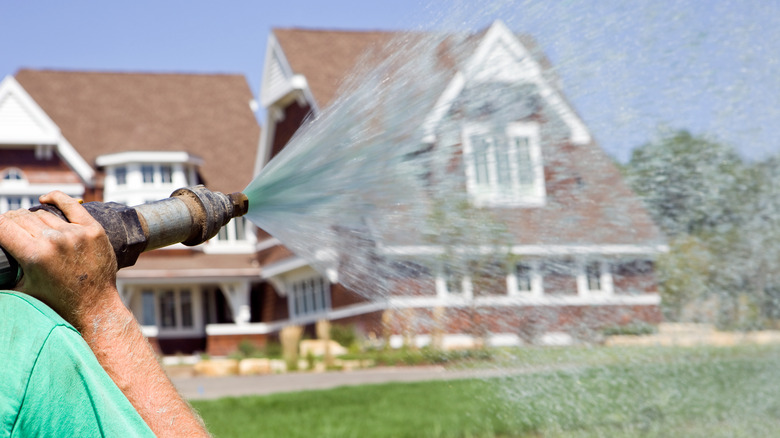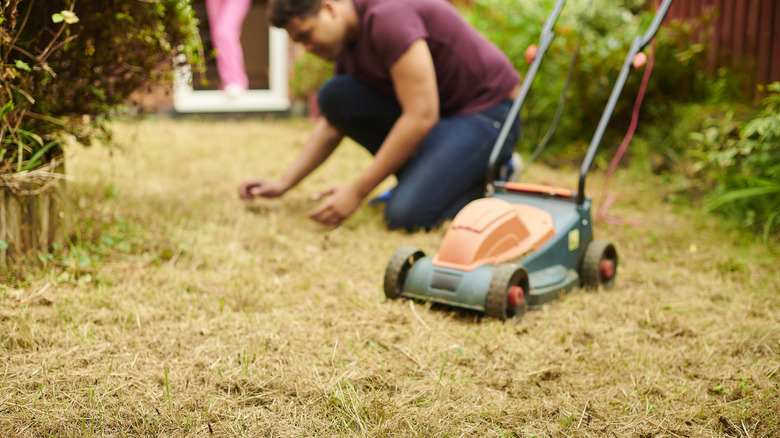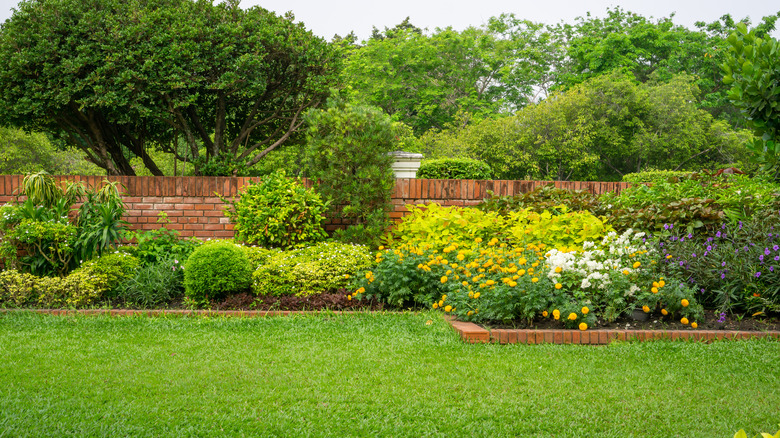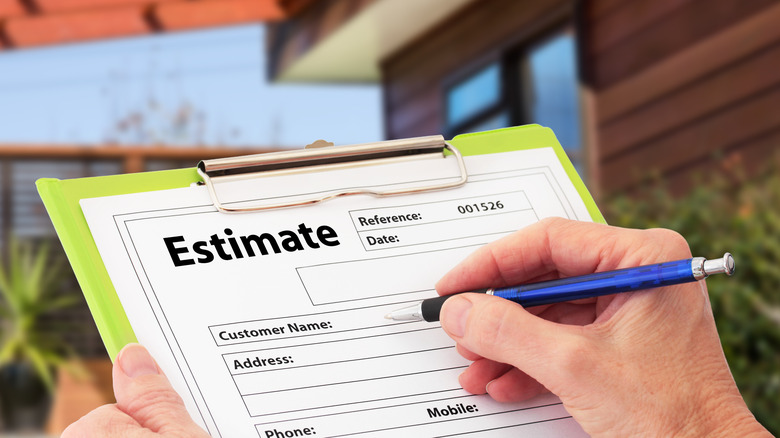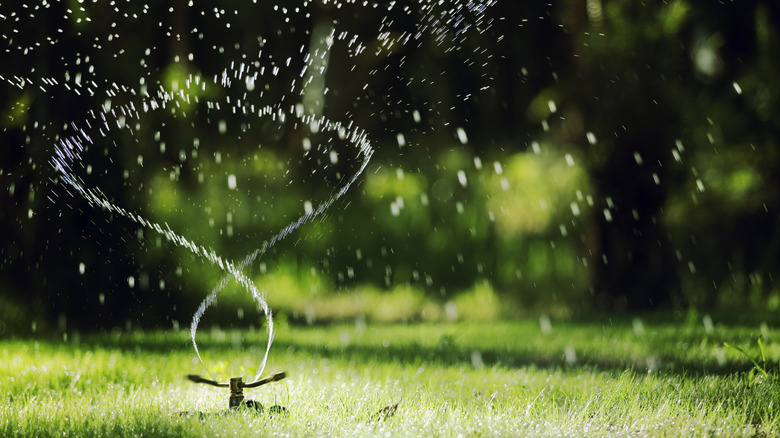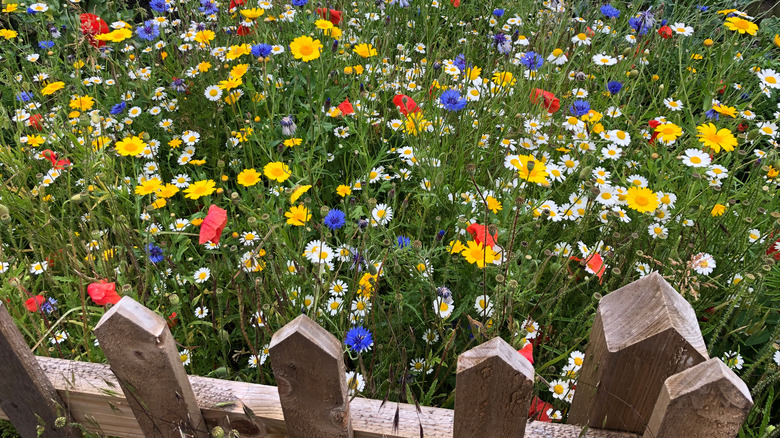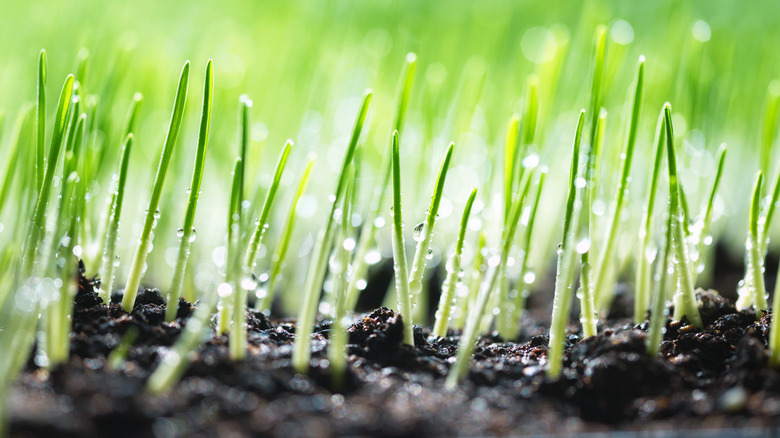Questions To Ask A Professional Before Hydroseeding Your Lawn
If you have been struggling to make your lawn green and vibrant, then hydroseeding may be the solution you're looking for. Hydroseeding involves using a tank to apply a special seeded slurry onto the land you want to cover with grass. The tank spouts out the slurry under high pressure, ensuring the seeds go deep enough in the soil and that little effort is needed to plant large stretches of land effectively. This ease of use and high germination rate make hydroseeding exceedingly popular, allowing this technique to turn the dullest lawns into the brightest gems.
However, you have to get it right. If you have been struggling with dry, patchy, and unhealthy grass on your lawn, simply throwing on a hydroseeding machine and mixing up some seeds and fertilizer won't be enough. You need the right mix of fertilizer, the correct amount of moisture, and, most importantly, the right seeds. The easiest way to make sure that you get hydro seeding right is to ask the professionals and ask them the correct questions. Here are some you can start with.
Is hydroseeding the best option for my lawn?
Hydroseeding is a great option to bring life back to your lawn. However, certain situations make it a bad idea. You need a professional to do an evaluation before you commit. For example, if you are a pet owner, you will have to keep your furry friends off the newly seeded area for a few weeks to stop them from digging up the seeds. Then, you will also need to dedicate several months to tending to your new grass daily.
Apart from situational and personal constraints, hydroseeding has some significant drawbacks. The most significant issue is that it requires a lot of irrigation. Therefore, it will cost you more if you live in a relatively dry area and you need to be prepared for that beforehand. You are also limited to the late spring or early fall every year because the extremes of winter and summer can affect the final outcome.
What type of grass is best for hydroseeding?
When it comes to the type of grass you can use to hydroseed, some of the most common options are Bermuda, Blue Grass, Zoysia, and Fescue. Usually, the specialist will want to mix a variety of these species to protect the plants and promote the growth of diverse, beneficial bacteria. A mixed seed blend will also make the grass less vulnerable to diseases.
Selecting a suitable species of grass for hydroseeding will depend on many factors. Since many species can be used, the kind of grass you should choose may be determined by the soil composition, climate, water availability, and other factors. For the best results, you need a professional to tell you which species are best based on the characteristics of your lawn. Usually, they will tell you which kinds will have the highest chances of thriving, then give you a glimpse of what each species would look like once fully grown.
Can I get a detailed quote?
Hydroseeding your lawn is a project that requires a lot of financial planning. Once you establish that it's a viable option and are satisfied with the grass species, you must start looking at the numbers. Typically, hydroseeding can cost about $0.12 per square foot making it more budget-friendly than sod which can up to $0.85 per square foot. But, its price can skyrocket based on the type of land preparation needed, the size of your lot, the professional's charges, and any other details you might want to add. You may also want an irrigation system installed immediately, adding to the cost.
It is also wise to consider obtaining quotes from at least three specialists. Check for details such as hidden fees, hourly labor rates, additional costs due to your lawn's slope, and the inclusion of fertilizer. Then, compare them against each other so that you assess all the figures and ensure you get the best possible deal. Look for client reviews too. One professional may have a higher price simply because they provide exceptional service and quality.
How should I care for a lawn post hydroseeding?
Hydroseeding is great, but your lawn will need a lot of care afterward. Ask for a step-by-step guide from a professional to make sure you get instructions tailored for you since each situation is different. Hydroseeding needs a lot of irrigation, so you will need to water your new yard multiple times a day or set your sprinkler system to more frequent intervals. You will also need to know how to protect against weeds after hydroseeding.
You should wait about three to four weeks after application to mow. Even though you could start to see results after about 10 days, remember that a hydroseed lawn will only fully fill in after two years. So, you'll need to take extra care of your new grass for the long term. Finally, you should apply a quality fertilizer two weeks after hydroseeding to give your new grass a nutrient boost.
Can you hydroseed other plants?
You can also hydroseed other plants if you want to add a little character to your lawn or improve its biodiversity. Or, if you want to promote the natural, local flora growing around you, you can plant wildflowers to promote the growth of native species, reduce erosion, attract pollinators, or even add large swaths of color to the yard. However, be careful about spreading slurry too close to your house or anywhere you don't want the flowers to spread.
The variety you will have to choose from will be determined by the professional's evaluation of your land, climate, and the main grass species you chose. You will need to work closely with the specialist to find what works best for you. If it totally isn't possible to have these alternative plants incorporated into the process, then you can opt to leave a few separate patches of land unseeded with grass, that you can manually plant flowers in later.
Do you have a germination guarantee for your seeds?
Hydroseeding success will be determined by a number of factors. To ensure you get what you pay for, you need to make sure that the professional can guarantee the germination and success of your newly planted lawn. To do this, it is advisable to request a germination guarantee in terms of an estimated percentage. Usually, these guarantees are determined by proper soil prep, time of application, and an irrigation system in place. The best time to plant to ensure you get a guarantee is during late summer and early fall, which is between mid-August and mid-October.
You should expect the germination to occur 7 to 10 days after hydroseeding, with a better success rate than seeding by hand. Stick to the aftercare basics such as daily irrigation, keeping pets away, and fertilization after two weeks. With that, and the advice of a professional, your yard will look as amazing as intended.

